 Stump Saw Ad
Stump Saw Ad
Entry Category: Land and Resources
 Stump Saw Ad
Stump Saw Ad
Sunken Lands
Sunnyside Plantation
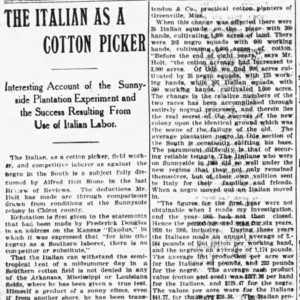 Sunnyside Plantation Article
Sunnyside Plantation Article
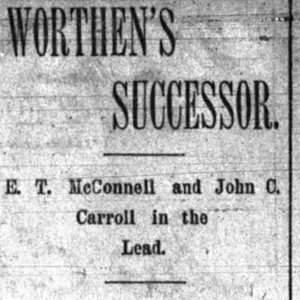 Sunnyside Plantation Convict Labor Article
Sunnyside Plantation Convict Labor Article
Superfund Sites
Swamp Land Act of 1850
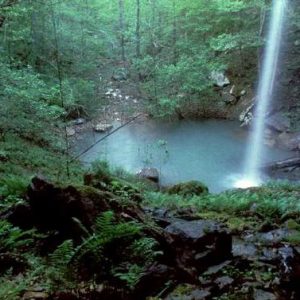 Sweden Creek Falls Natural Area
Sweden Creek Falls Natural Area
 Sweet Potato Harvest
Sweet Potato Harvest
 Swifton Sand Ponds Natural Area
Swifton Sand Ponds Natural Area
Swine Industry
aka: Pig Industry
aka: Pork Industry
 T. Texas Tyler Tree
T. Texas Tyler Tree
Table Rock Dam and Lake
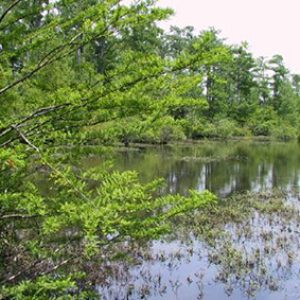 Taylor Woodlands Natural Area
Taylor Woodlands Natural Area
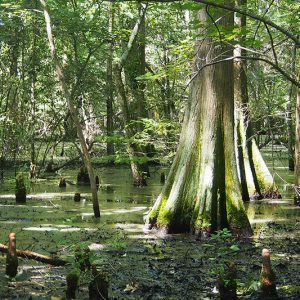 Taylor Woodlands Natural Area
Taylor Woodlands Natural Area
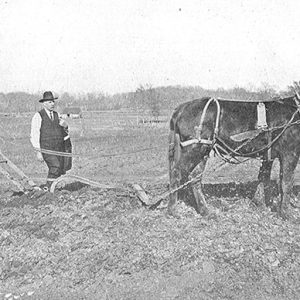 Tech Farm
Tech Farm
 Telegraph Wire Tree
Telegraph Wire Tree
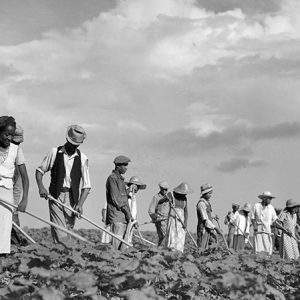 Tenant Farmers
Tenant Farmers
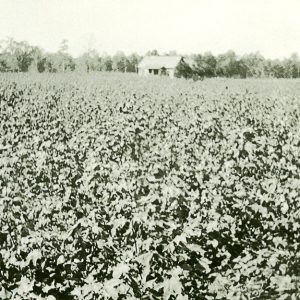 Tenant House
Tenant House
 Jeffrey Tennant
Jeffrey Tennant
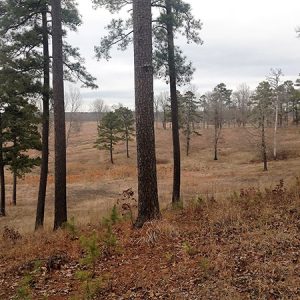 Terre Noire Natural Area
Terre Noire Natural Area
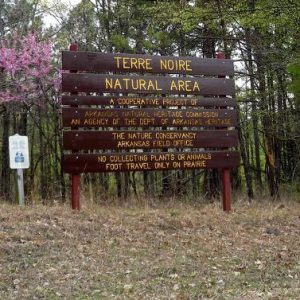 Terre Noire Natural Area
Terre Noire Natural Area
Texas Tick Fever Eradication
aka: Tick Eradication
aka: Dipping Vats
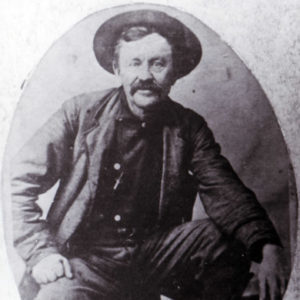 Bill Thompson
Bill Thompson
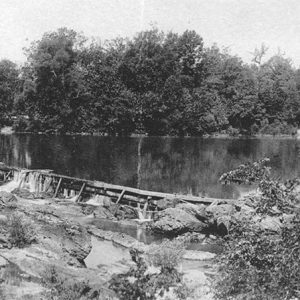 Thornton Dam
Thornton Dam
Timber Industry
Timberfest
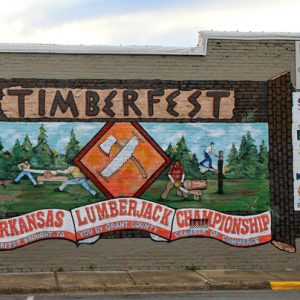 Timberfest Mural
Timberfest Mural
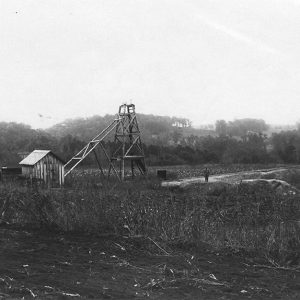 Titanium Mine
Titanium Mine
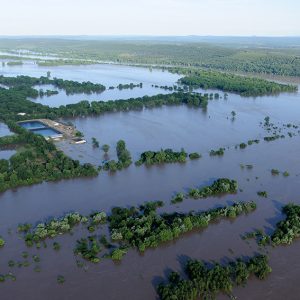 Toad Suck and Murray Lock and Dam Flooding
Toad Suck and Murray Lock and Dam Flooding
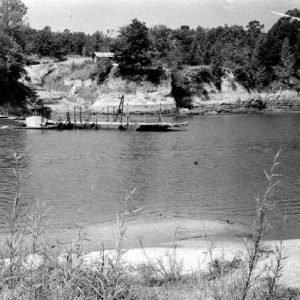 Toad Suck Ferry
Toad Suck Ferry
Tomato Industry
 Tornado Damage, 2023
Tornado Damage, 2023
 Tornado Damage, 2023
Tornado Damage, 2023
 Tornado Damage, 2023
Tornado Damage, 2023
 Tornado Damage, 2023
Tornado Damage, 2023
 Tornado Damage, 2023
Tornado Damage, 2023
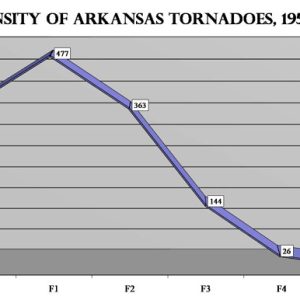 Tornado Intensity Graph
Tornado Intensity Graph
 Tornado Touchdown Map
Tornado Touchdown Map
 Tornado Graph
Tornado Graph
 Tornado Time of Day Graph
Tornado Time of Day Graph
Tornadoes
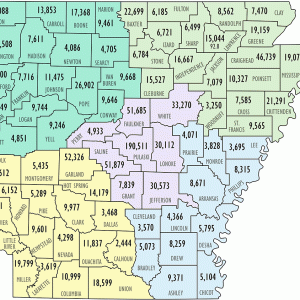 Total Housing Units 2020
Total Housing Units 2020
 Trey Buckner
Trey Buckner
 Trey Buckner in Washington
Trey Buckner in Washington
Tripoli Mining
Trulock, Amanda Beardsley
 Amanda Beardsley Trulock
Amanda Beardsley Trulock
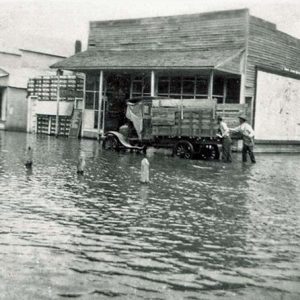 Tupelo Flood
Tupelo Flood
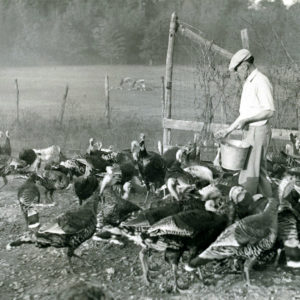 Turkey Farm
Turkey Farm




